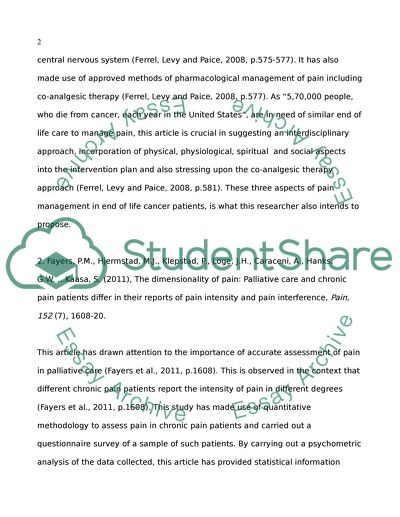Cite this document
(“Cancer pain in end of life cancer patients Research Paper”, n.d.)
Cancer pain in end of life cancer patients Research Paper. Retrieved from https://studentshare.org/nursing/1403483-research-pico
Cancer pain in end of life cancer patients Research Paper. Retrieved from https://studentshare.org/nursing/1403483-research-pico
(Cancer Pain in End of Life Cancer Patients Research Paper)
Cancer Pain in End of Life Cancer Patients Research Paper. https://studentshare.org/nursing/1403483-research-pico.
Cancer Pain in End of Life Cancer Patients Research Paper. https://studentshare.org/nursing/1403483-research-pico.
“Cancer Pain in End of Life Cancer Patients Research Paper”, n.d. https://studentshare.org/nursing/1403483-research-pico.


